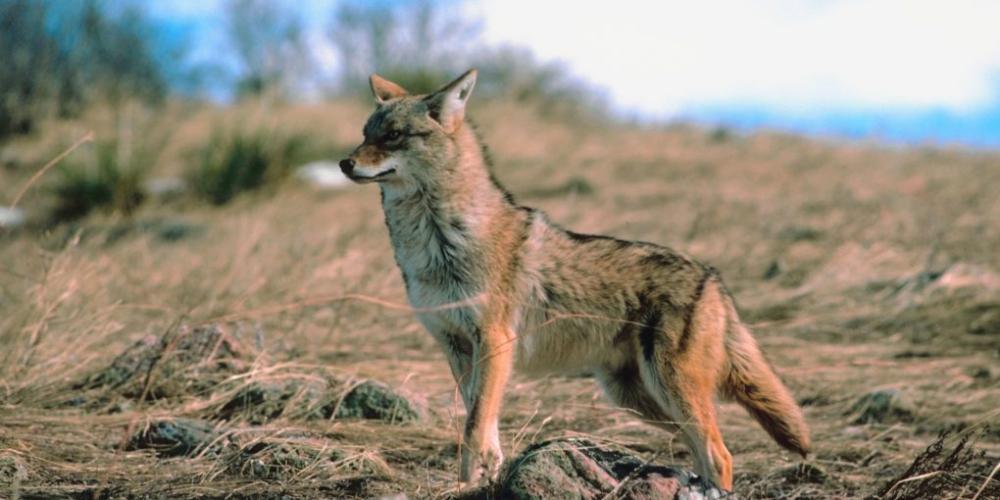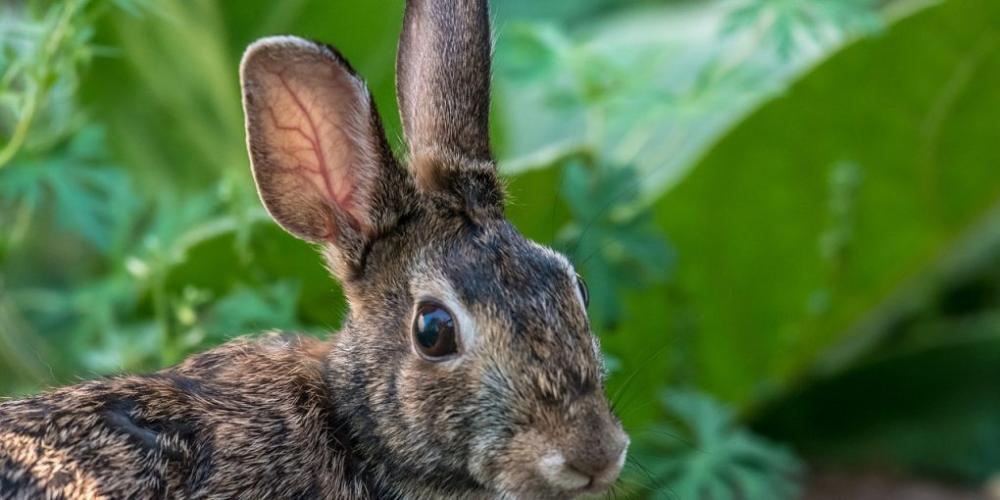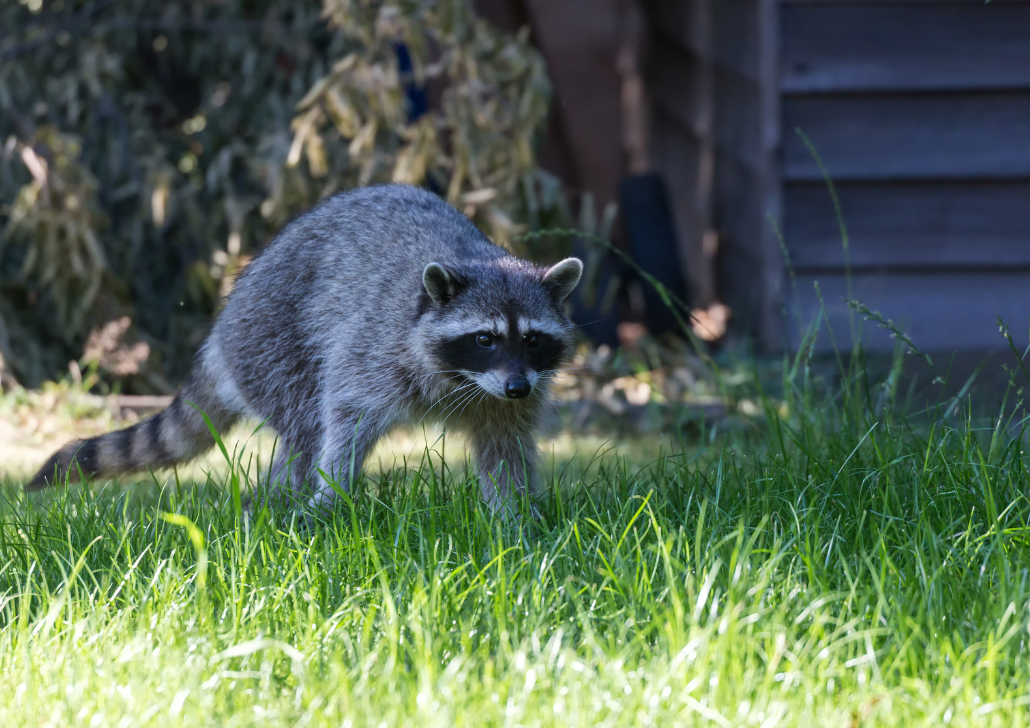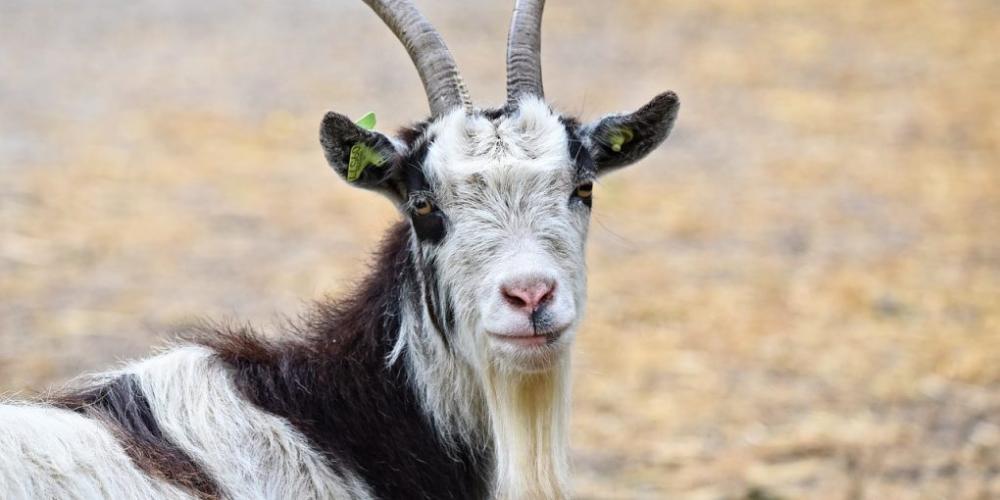Unwanted Coyotes? Learn How to Keep Them at Bay with Effective Deterrents and Repellents

Since the beginning of the twentieth century, coyotes have rapidly spread across North America, now living in almost all U.S. states and Canadian provinces - and a study by Zookeys suggests that they are making their way further south into Central America at an impressive rate!
Despite a long history of being categorized as pests and controlled accordingly, coyotes have expanded their range by more than 40% since the 1950s - an astonishing feat, according to researchers.
As the population of coyotes in both rural and urban settings continues to grow, it is essential to ensure you are vigilant and reduce your chances of encountering one, as they can be dangerous to both adults and pets.
They're typically searching for food or shelter - unfortunately, your property may be just what they're looking for! While they could harm your areas, remember that they are still wild animals and deserve to live without fear of humans.
How to Identify Coyotes
Identifying coyotes is essential, as some people would mistake them for dogs or foxes.
- Coyotes are typically around the size of medium-sized dogs and can range from 20 to 50 pounds in weight.
- They have thick fur, generally gray or brown, with a white underbelly and a bushy tail with a black tip. Coyotes typically hunt small animals such as rodents, rabbits, and birds - so if you see one in your yard, it could be a sign of a problem.
- They have dark-tipped ears, tiny feet with elongated toes, and a long snout. They also have a howl that is distinct from other species of canines.
- Their color varies depending on the region, but generally, they are gray-brown or light tan.
Signs of Coyotes in Your Yard
Coyotes can be difficult to spot, so it's important to know the signs of their presence. If you notice any of the following in your yard, it could indicate a coyote problem:
- Tracks in the dirt or snow (they have an elongated foot shape with four toes and no distinct claws). Coyote tracks are about two inches in length and can look like those of a large dog. In contrast to dogs who sniff around and meander, coyote tracks are generally aligned in a single line.
- Droppings, which look like dog droppings but are often larger. Coyote scats are darker and more compact than those of a dog; they may also contain the hairs or bones of their prey. Scat is their communication of choice; thus, it's usually exposed in the open.

- Dead animals or birds in the yard (coyotes will kill and eat small prey)
- Spots of fur from the animal's coat.
- Howling or yipping noises at night (especially when many coyotes are together).
How to Keep Coyotes Away

Fortunately, there are many effective ways to deter coyotes from visiting your property. Here are some tips for preventing coyote conflict:
The first line of defense against unwelcome coyotes is to ensure your property doesn't provide an attractive habitat for them. This means ensuring there aren't any food sources, such as pet food, birdseed, and compost - all of which can be excellent snacks for hungry animals.
Keep the Area Clean
- Secure garbage cans, compost piles, and other sources of food waste to discourage scavenging. Coyotes will also consume fallen fruit or garden vegetables - so it's important to keep your garden beds neat as well.
- Securely attach an airtight lid to your rubbish bin, and be sure to bring in all pet food during the evening hours. Doing so will help prevent unwanted pests from entering or rummaging through your garbage cans.
- Other wildlife, such as raccoons and skunks, will also be attracted to food sources - so it's best to be proactive in preventing scavenging.
Remove Attractants
If you have fruit trees or berry bushes, it's best to remove them from your property and replace them with plants unattractive to wildlife. Removing any potential food sources will help reduce the chances of coyotes visiting your area.
Pet and livestock owners should always watch their animals closely and ensure they are not left outside unattended. Coyotes may see these animals as easy prey, so taking all necessary precautions is important.
Seal up any openings or holes in your property's fencing, as this can give coyotes easy access to the inside of your yard.
Don't forget to mow down tall grass and trim any shrubbery: this will help eliminate potential hiding spots for coyotes. If you are ever in the presence of a coyote, make yourself as large and intimidating as possible by raising your arms or waving a stick or tree branch. Make loud noises to scare them away.
Install Fencing
Installing fencing can also help deter coyotes from entering your yard. Fencing should be at least six feet tall and securely buried one foot into the ground to prevent any potential digging or tunneling underneath. It's important to ensure no gaps in the fence; even small openings can be used as an entry point for a hungry coyote.
Install Solar-Led Deterrent Lights
Solar-led deterrent lights can help deter coyotes from visiting your property. Using twin LED lights, you can deceive the coyotes into believing another predator is nearby. The fear of an unknown creature will instantly send them scurrying away!
All across the world, farmers have been using this tactic to protect their goats from snow leopards – even in Mongolia!
Keep Livestock Animals and Pets Locked Up at Night
The last line of defense against coyotes is to ensure that any livestock animals and pets you may have been locked up securely at night.

Not only is this a great way to keep the animals safe, but it will also help prevent any potential conflicts or problems with coyotes. By taking the necessary precautions, you can help ensure your property is free from unwanted visitors.
For small livestock animals, it's best to keep them in a stable or fenced-in area that is securely locked. As for pets, walk them on a leash and only let them out when supervised. Doing so will help prevent any unfortunate encounters with coyotes.
Guardian Animals
Having a guardian animal is another great option to help keep coyotes away. Dogs such as German Shepherds, Great Pyrenees, and Anatolian Shepherds are all excellent examples of animals that can successfully ward off predators like coyotes.
These dogs have been bred for centuries to protect livestock from predators, and they have the instinct to chase away or attack any potential threats.
It's important to note that guardian animals are unsuitable for everyone, as they require much attention and care. However, if you can provide them with the necessary love and support, they can make an excellent addition to your property.
Ensure Optimal Care for Animals That Are Unwell or Vulnerable
Finally, it's important to ensure that any unwell or vulnerable animals on your property get the proper care they need.

If you find an injured animal, it's best to call a wildlife rehabilitator for assistance. They will be able to provide the necessary medical attention and, if needed, transport the animal to a suitable facility.
If an animal is ill or injured, it's more likely to draw in predators like coyotes. Taking the proper steps to ensure they receive adequate care can help keep your yard safe from any potential danger.
Frequently Asked Questions
Q: What's the best way to deter coyotes from entering my yard?
A: The best way to deter coyotes from entering your yard is to install fencing, install solar-led deterrent lights, keep livestock animals and pets locked up at night, consider a guardian animal, and ensure optimal care for any unwell or vulnerable.
Q: Does wolf urine repel coyotes?
A: Research has indicated that wolf urine is more effective at deterring female coyotes than males, particularly those unfamiliar with the scent. Females typically do not take chances when defending their pups and are quick to identify potential danger by avoiding areas sprayed with wolf urine. As such, this strategy can be employed as a tool for protecting property from these predators without permanently harming them in any way.
Q: Are coyotes dangerous?
A: Yes, coyotes can be dangerous if they are scared, injured, or feel threatened. It is best to avoid contact with them and not attempt to feed them, as it can lead to them becoming bolder around humans. If you encounter a coyote, make yourself appear large by waving your arms and making loud noises, such as clapping or shouting, in order to scare it away.
Q: Do coyotes have rabies?
A: Coyotes can carry rabies, but it is not as common as other animals, such as raccoons and skunks. If you encounter a sick or injured coyote, do not attempt to approach it and contact a wildlife rehabilitator for assistance. It's important to remember that while coyotes can be a nuisance, respecting their presence in the wild is still important.
Q: Are coyotes afraid of humans?
A: Generally speaking, coyotes tend to be timid around humans and will likely flee or hide when encountering a human. However, it is important to remember that this behavior can change in the presence of food sources such as pet food or compost piles. When they become used to these accessible food sources, they may become bolder and more comfortable around humans. It is best to always avoid contact with coyotes and take the necessary steps to deter them from entering your property.





